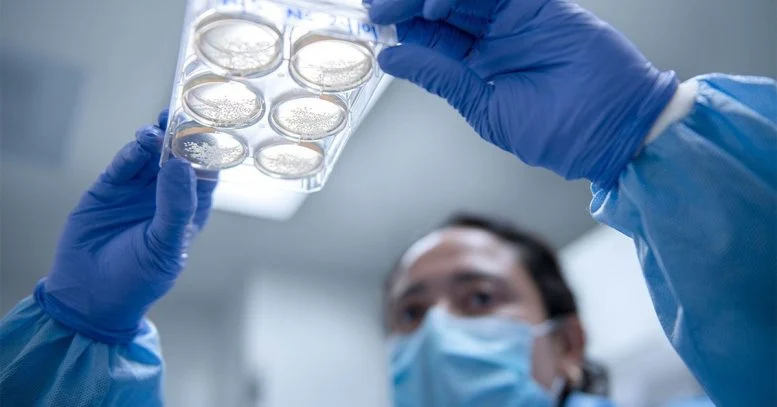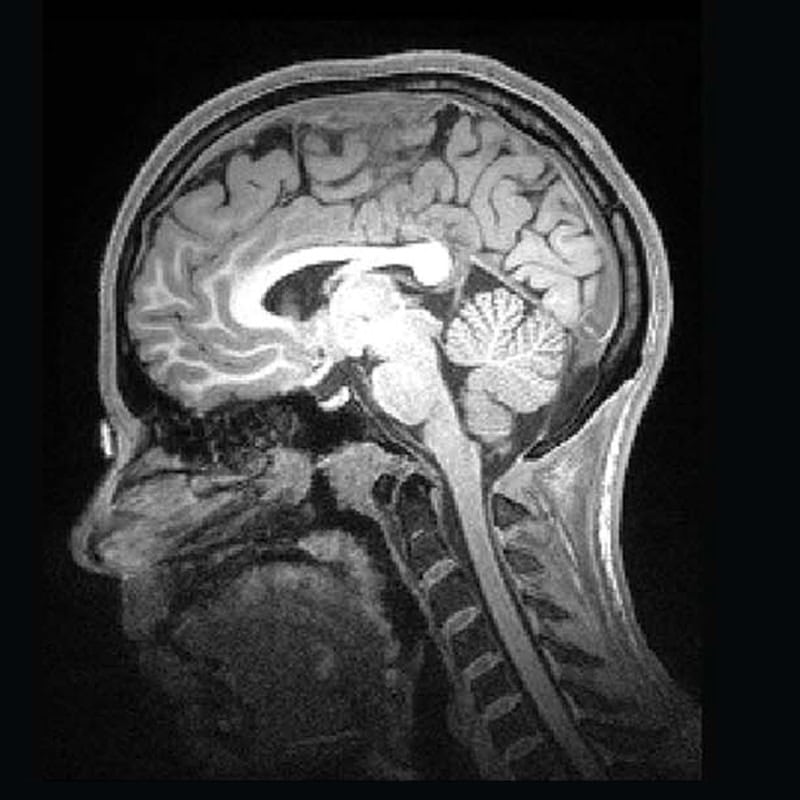Autism spectrum disorder is a condition that has baffled scientists and clinicians for quite a long time. With symptoms differing from one individual to another, affecting social interaction, communication, and behavior, variability in the condition has made things notoriously hard to diagnose early. However, the breakthroughs of biomedical research have lately identified some of the earliest biological signs of autism, which is effortlessly going to revolutionize how—and when—we diagnose this disorder. These findings are on the verge of improving early intervention strategies and deepening our overall understanding of the mechanisms that may support or cause autism.
The Search for Early Diagnosis

Early diagnosis of autism is important for effective early intervention. The longer the time ahead that a child who has the disorder can be diagnosed, the earlier they can have targeted therapies administered with very promising improvement in their developmental outcomes. Traditionally, autism is diagnosed based on behavioral observation, which did not manifest until a child is about two years old. This delay in diagnosis means missing critical windows for intervention that may impact long-term development of the child.
Breakthroughs in Identifying Biological Markers
Recent research has made tremendous strides in finding out the biological markers that could identify autism at a much earlier time than presently possible. Scientists focused on a variety of biological markers. Such studies included genetic, neural, and metabolic markers.
Genetic Markers
Autism is greatly linked with genetics, as various studies have pointed out the inheritance factor of this disorder. Many genes associated with ASD have already been isolated by scientists, and now, with the advancement of genomic technologies, studies go deeper. Next-generation sequencing and all other genetic tests can now nail down mutations or variations associated with autism. Therefore, with the genome profiles of infants who are more likely to get autism—for example, those with siblings already with ASD diagnosis—scientists are enabled to struggle the genetic markers at early stages.
Neurological Markers
The atypically early neural development in children at risk for autism has been revealed by advanced neuroimaging techniques. Therefore, fMRI and EEG have been used to study the activity of the brain in infants. Research studies have shown that there are clearly different activity patterns and connectivity of the brain in children six months old who will go on to develop autism. These neural markers are becoming ever more reliable indicators of autism risk, potentially allowing for diagnoses well before behavioral symptoms emerge.
Metabolic Markers
Another promising avenue of research lies in the metabolic profiles of those who have autism. Scientists found that several metabolic pathways had been altered in people affected by ASD. With the examination of metabolites in blood or urine samples, patterns correlated with autism could be established. This metabolic approach could give way to the construction of non-invasive screening tests on babies—an easy but effective tool for early diagnosis.
Implications for Early Intervention
The identification of early biological markers for autism opens up new avenues of opportunities for intervention. If a diagnosis of autism can be made during the first year of life, interventions could then be specifically tailored to the needs of a child during a time when his or her brain is developing at a very fast rate. Programs on early intervention that focus on the enhancement of social, communicative, and cognitive skills become even more effective when very early; they may offset some of the difficulties posed by autism.
Personalized treatment strategies
Knowing the biology of autism also holds out promise for much more individualized treatment approaches. If what’s known is the genetic or neural or metabolic factors involved in an individual’s autism, such therapies would be tailored much better. For example, if a certain genetic mutation is identified, treatments could be tailored to target the effects of that mutation. This kind of individual approach promises to increase the efficacy of intervention and to improve the outcome for individuals with autism.
Ethical Considerations and Future Directions
The possibility of very early biological markers of autism is a potentially exciting discovery, but one that must be accompanied by deep ethical consideration. For example, the potential stigma or undue parental anxiety produced by early diagnosis. To this end, sensitivity in attaining and applying such newfound knowledge becomes paramount, including proper support and counseling for the family in case of diagnosis.
Moreover, there should be further research in replicating these findings and sorting out usable diagnostic tools ready for wide implementation. Longitudinal studies are needed in explaining how early biological markers correspond with later developmental outcome, like refining the predictive accuracy of those markers.
Conclusion
The discovery of the first biological markers of autism is a landmark small wonder in autism research. Such breakthroughs can turn the tide of early diagnosis and intervention strategies for escalated hope of better developmental outcomes in children affected by autism. With the research furthest to go, so is the need that scientific progress be balanced by the ethical consideration that new diagnosis tools support and empower the families. Steady investment in research and a high commitment to individual approach to care presage a quite optimistic future as far as the outcomes for people are concerned.


2 thoughts on “Researchers Discover the Earliest Biological Indicators of Autism”